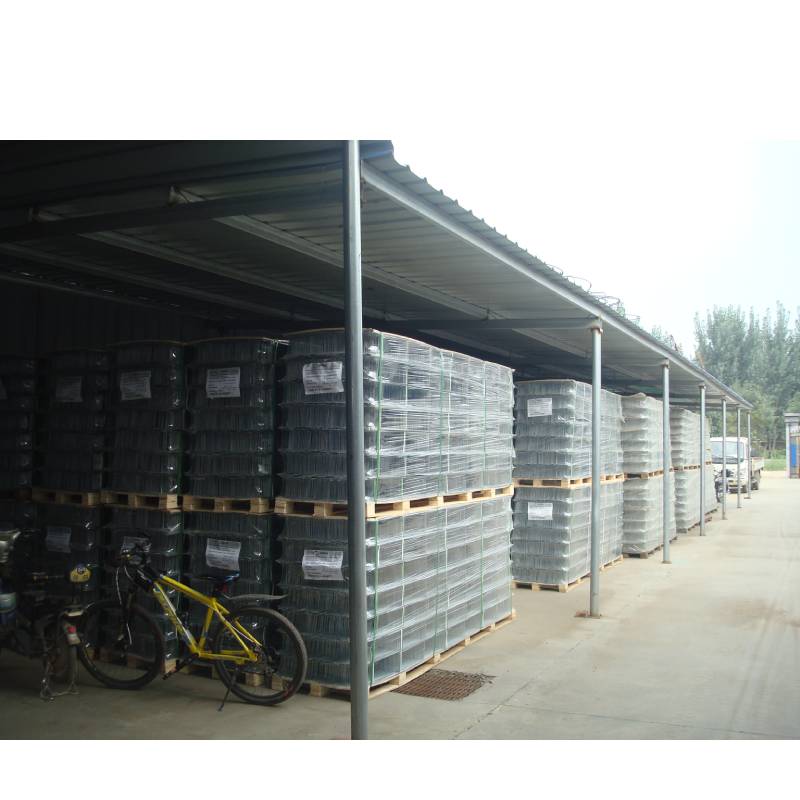
- Mobile Phone
- +8613931874955
- sales@cntcmetal.com
compression spring design calculations pdf
Understanding Compression Spring Design Calculations
Compression springs are an essential component in various mechanical systems, providing resistance and storing energy. Designing these springs involves intricate calculations to ensure they perform effectively under load while meeting specific requirements. This article provides an overview of the essential aspects you need to consider when designing and calculating the specifications for compression springs.
1. Material Selection The first step in compression spring design is selecting the right material. Common choices include high carbon steel, stainless steel, and other alloys, each offering different mechanical properties. The material determines the spring's elasticity, strength, fatigue resistance, and corrosion resistance. For example, music wire is often used for applications requiring high strength and elasticity but may lack corrosion resistance unless treated.
2. Determining Basic Parameters Several critical parameters must be established before delving into complex calculations. These include the spring diameter, wire diameter, number of active coils, and free length. The spring diameter (D) impacts its strength and stiffness, while the wire diameter (d) significantly affects the overall load capacity. The number of active coils (Na) is crucial, as it determines how the spring reacts under compression. Finally, the free length (L0) is the length of the spring when no external force is applied.
3. Spring Rate Calculation One of the essential calculations in compression spring design is determining the spring rate, which indicates how much force is required to compress the spring a certain distance. The spring rate (k) can be calculated using the formula
\[ k = \frac{G \cdot d^4}{8 \cdot D^3 \cdot Na} \]
Where - \( G \) is the shear modulus of the material, - \( d \) is the wire diameter, - \( D \) is the spring diameter, - \( Na \) is the number of active coils
.compression spring design calculations pdf

This equation indicates that a larger diameter and more active coils result in a lower spring rate, making the spring softer and more compressible.
4. Stress Considerations Understanding stresses in a compression spring is vital for ensuring safety and functionality. Two primary stress types must be considered shear stress and axial stress. The maximum shear stress (\( \tau_{max} \)) in a spring can be calculated using the formula
\[ \tau_{max} = \frac{8 \cdot F \cdot D}{\pi \cdot d^3} \]
Where \( F \) is the load applied to the spring. It’s essential to ensure that this maximum shear stress does not exceed the yield strength of the chosen material to prevent permanent deformation.
5. Fatigue Life Calculation Compression springs often undergo repeated loading cycles, leading to fatigue failure. Estimating the fatigue life involves understanding the material's endurance limit and applying appropriate factors for design safety. Factors such as load variations, operating conditions, and surface finish play a significant role in a spring's lifespan.
Conclusion Designing compression springs involves a comprehensive understanding of materials, geometric dimensions, and mechanical principles. By thoughtfully conducting calculations for spring rate, stress, and fatigue life, engineers can optimize spring performance for their specific applications. Proper design and calculation ensure that compression springs achieve the desired energy storage and resistance characteristics, ultimately contributing to the functionality and reliability of mechanical systems in which they are employed.
share:
-
Yard Sign Stakes: Reliable Guardians of Outdoor SignsNewsAug.04,2025
-
Wall Ties: Invisible Guardians of Building StabilityNewsAug.04,2025
-
Resilient Web: The Super Guardian Power of Concrete MeshNewsAug.04,2025
-
Masonry Accessories: A versatile assistant on building foundationsNewsAug.04,2025
-
Iron Binding Wire: the 'invisible reinforcement specialist' in the fields of architecture and industryNewsAug.04,2025
-
Dynamic Spring: The diverse functions and excellent performance of Wire Tension SpringNewsAug.04,2025
-
Your Source for Concrete Wall Ties and Masonry AccessoriesNewsJul.10,2025



















